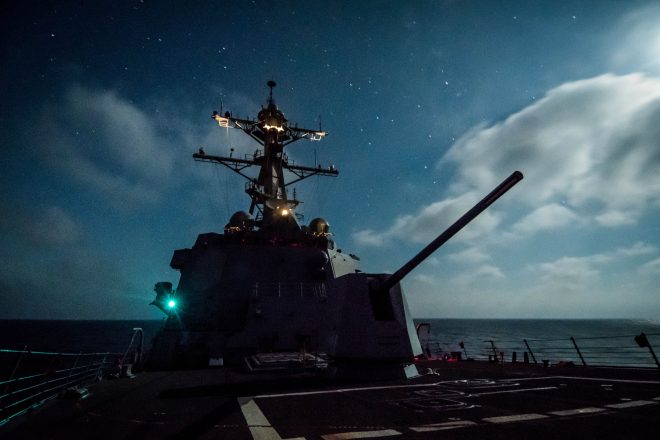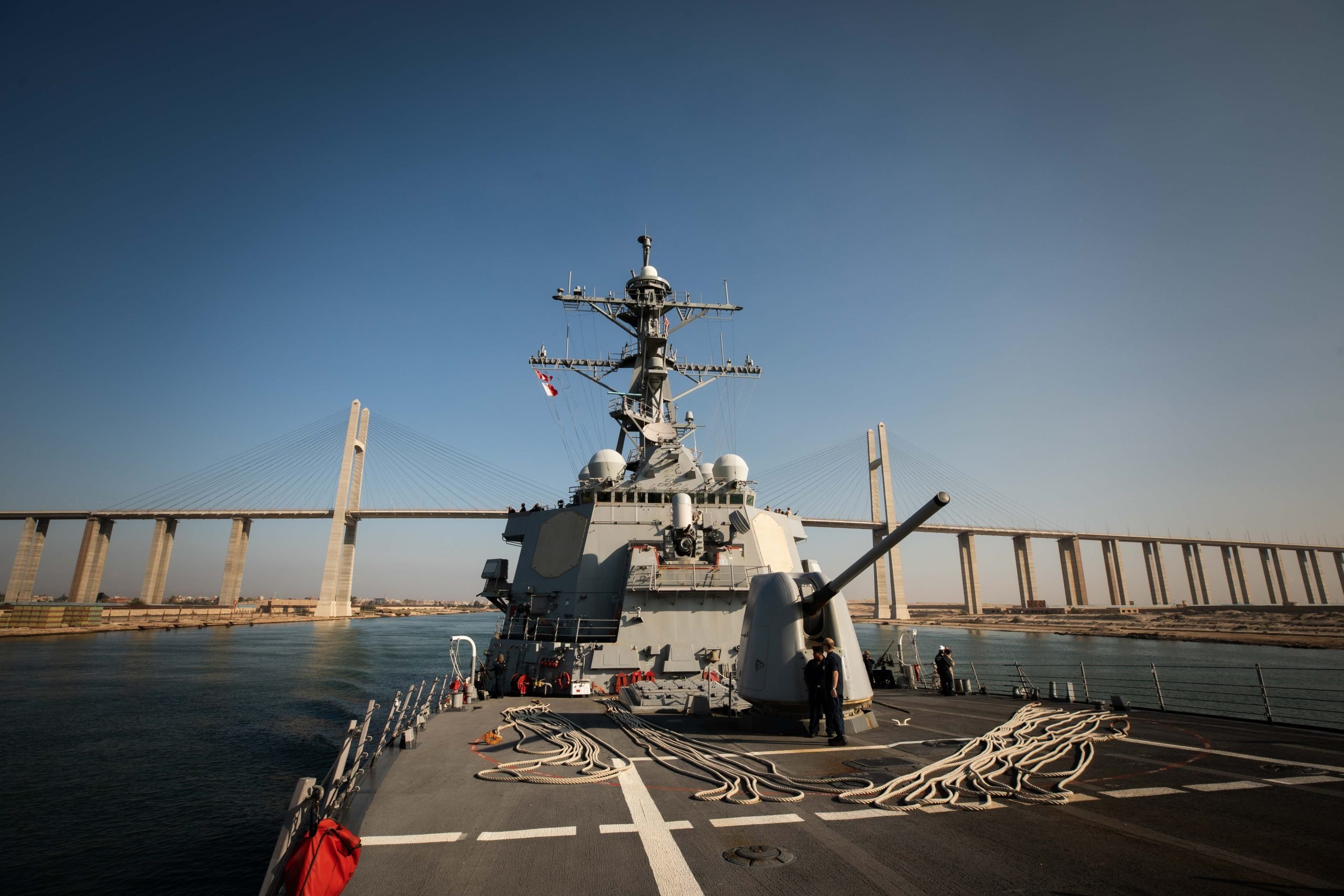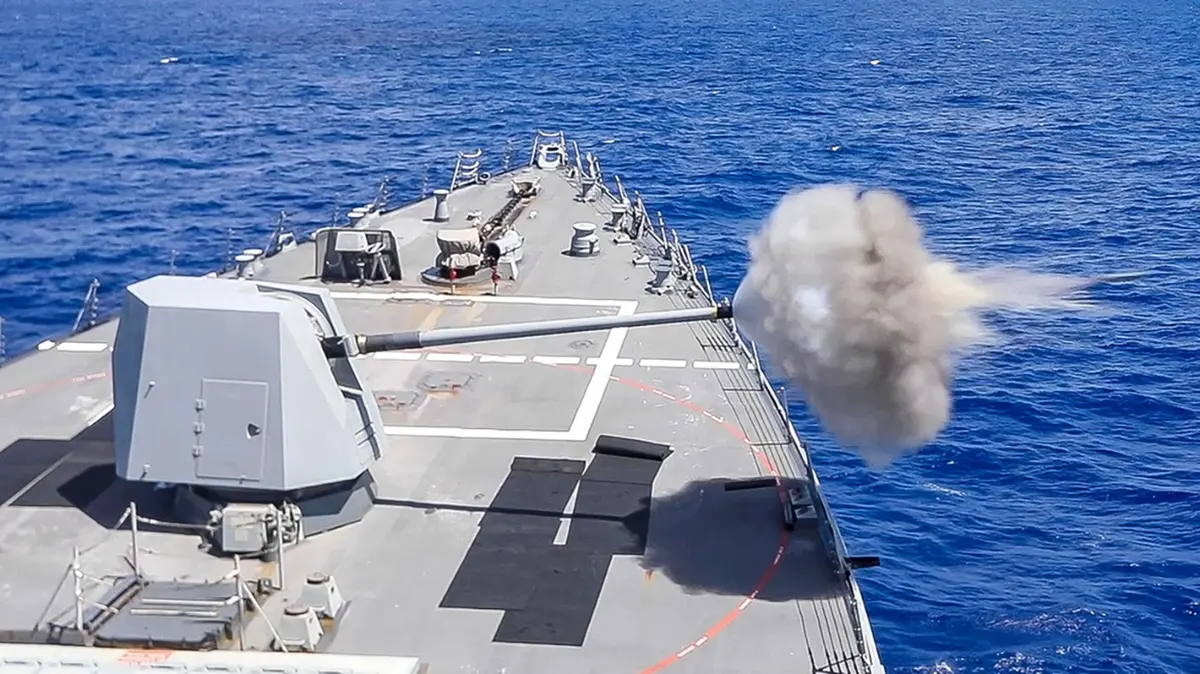The question in my mind is are the extra 16 strike length VLS worth losing the main gun? My (very amateur) thinking is that perhaps it is. G&C have said that:
In Taiwan case, yeh maybe.
With other navies. Its nice to have an option that costs less than a million a shot. ESSM, SM-2, SM-6 are all basically a million a shot, and you have very limited load out. The 5" is still thought as of handy to have, its cheap per round and can carry many rounds an reload. There is also the ability to make thousands of rounds in Australia per year, where as pretty much ever missile is more like dozens per year max.
Someone is clearly pushing politically and with the media against the T26. Can you help me understand? The image i created in my mind is the next one.
It state based bias is involved, WA wants more ship building, Austal one WA ship builder is in deep trouble even with it Australian and US arms.
Also the Hunter program has its issues, but these are a combination of government and RAN bad decisions. The design needed more time to mature, but the selection process was well underway and had itself been delayed. Government went with an unrealistic time frame for construction that no one could meet, but by then, its next term of government, power has changed, ministers, moved on.
I think the Type 26 was the right hull, its the biggest and newest and will have commonality with UK and Canada, where we steal sailors from. But the problem was unrealistic build schedule, very ambitious capability targets even the large Type26 hull could barely meet. By not building anymore Hobarts, we starved industry to "allow for more hunters" But that is a stupid concept. The hunter is a continuous build, even if we had 6 hobarts today, we would still be continuously building Hunters and replacing them, no fewer Hunter would be built, they can't be built in the past because the design wasn't ready, they can only be built in the future. In trying to Force and protect the Hunter selection and build, they broke the rules, they broke good project management concepts, they compromised everything.
Now the fleet is in trouble. WA has a strong argument for some sort of combat ship build program. Once they get that up they can further poo poo the Hunters and try to increase WA build numbers. We already know they were undermining the Attack program in South Australia and trying to get it moved to WA. This recently came out in an unrelated a parliamentary sexual assault case but involved staff of the defmin.
The Western Australian mafia doesn't just involve politicians and bureaucrats, it involves industry and it involves uniform.
TBH there is also a South Australian Mafia, that fights the WA mafia. But the SA mafia generally is supported by the east coast, because SA really, really needs the industry, and it was part of the national plan for major surface and submarine ship building.
The current defmin is the deputy PM and from Victoria (not SA or WA) and labor is in power replacing the previous coalition government.
None of the other Sea5000 options were really workable. The CEAFAR requirements are basically other worldly in terms of power and weight, volume, Cg etc. They had to enlarge the original Type 26 design to even meet the original, smaller specs while the Type 26 was in the design phase.
Couple that with pretty high end requirements for load outs and aviation, and endurance and weapons, we probably should have designed a ship from scratch for our requirements. But we don't really have sovereign shipbuilding design capability like that and don't have go it alone industry size or order volume and Australians don't think like that, our typical process is take something someone else has done and Australianise it.
We Collins classed it. We tried to take a smaller existing European design, then upscale the hell out of it, to try to meet requirements no one else remotely has, which mean it required significant design work, then delays, increased risk, overly ambitious build schedule, but expected it to be a build to print design which none of these designs ever were.
I feel your politics are doing a blame-game towards the RAN preparing the ground to whats going to come considering that it will have an high political price.
There is a political price but defence should be bipartisan, but the issue really isn't partisan along political party lines, its provincialism.
There is definitely a priority around defence in Australia. Australia isn't Canada or EU. Its not protected by NATO or even other similarly sized powers, in fact Australia has defence commitments protecting other mid size power nations like Malaysia, Singapore, New Zealand and PNG. Australia has superpower like responsibilities to nations like Fiji, Samoa, Tonga etc. America doesn't have a presence in our region like it does in Europe, or North Asia, or the Middle East.
So I think things will continue, but as per normal it will be a shit storm of controversy. Heck even our acquisition of nuclear submarines some people in the US see it as a threat to US production because we are so chaotic in what we do with these big engineering projects.
Collins went through a even more dramatic shitstorm and cost and capability blow out. Now people openly regret not building 8-12 of them.





